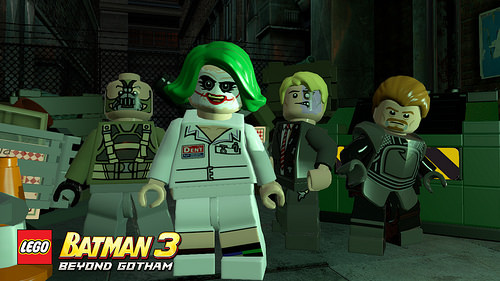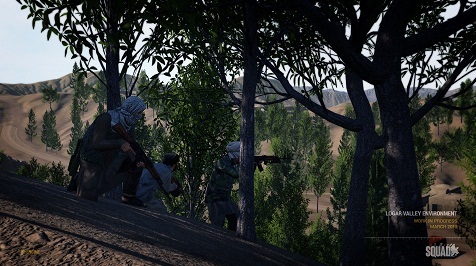

James Cameron’s Avatar certainly has all the ingredients for an action-packed videogame. The only trouble is, these ingredients are getting dangerously stale. The ‘space marine versus alien’ thing is well-travelled ground on the silver screen (particularly by Cameron); in the world of games, there’s barely a planet or extra terrestrial race left in the galaxy that we haven’t blasted our way through.
At the time of writing, the film is yet to be released. Even so, we’re guessing that Cameron will be incorporating sophisticated character building, narrative subtleties and a level of emotion that hasn’t translated quite so effectively to this spin-off game.
Sure, the complex world is there – all the flora and fauna is meticulously documented and the concept of placing a human mind inside a genetically-grown alien husk is intriguingly different. But the problem is that any storytelling in Avatar: The Game is quickly brushed aside to allow for more explosions and the chance for a fight. Then, of course, we might as well be an Arbiter or a Predator or a Locust. Take away the universe created by Cameron (which you aren’t in any real obligation to find out about in the game) and you’re left with a rather generic third-person shooter.
Within the first couple of hours of gameplay, you’ll be given the choice whether you want to continue to pillage planet Pandora as the RDA, or rebel against the invading human force as one of the indigenous Na’vi (albeit as an Avatar rather than a ‘real’ Na’vi). Both sides have distinct gameplay styles and a wealth of weapons, armour and vehicles (or creatures, in the case of the Na’vi) to experiment with.
Sadly, both the RDA and the Na’vi have their flaws. Play as a human character and Avatar is a forgettable third-person shooter that lacks the tight controls of Gears or the freedom of Mercenaries 2. Choose the Na’vi and you’ll find the gameplay is unbalanced. Okay, so the Na’vi are meant to feel overwhelmed by the RDA firepower but constantly running into a hail of bullets to dispatch soldiers with primarily close-combat weapons can make for frustrating gaming.
Occasionally, even the game knows how hopeless the Na’vi toolset is and has to compensate; could we really bring down an armored troopship with a bow and arrow? Would stabbing a jeep really make it explode? While we’re despairing at the Na’vi arsenal – why can’t we attack enemies when we’re on the back of the six-legged Direhorse? And why can’t we pluck enemies from the ground when we’re flying an Ikran? At least let it shoot fire or something…
To give Avatar some credit, it has done a reasonable job of replicating Cameron’s thirst for technology and visual drama. With the right TV and a pair of 3D specs (and the ability to resist migraines), you can view the jungles of Pandora in 3D. Plus, when the planet is in darkness, the neon glow of the plant-life and Na’vi makes Avatar look particularly striking. We can’t wait to see how the film looks.
We also like the way your weapons and skills progressively upgrade as you gain experience from missions, and the way that Pandora looks increasingly ravaged as the RDA destroy it via the intensive mining and destructive warfare. Although the Avatar servers weren’t up and running at the time of this review, we’re also reserving some hope for the 16-player multiplayer too. The combination of large maps as well as ground- and air-based combat could (and we stress ‘could’) be a real selling point.
As it stands, Avatar: The Game has unavoidably landed in a genre with many superior alternatives. Not least of all Red Faction: Guerrilla – a game that offers more satisfying gunplay and a greater feeling of starting a rebellious insurgency against an outnumbering force. Then there’s the forthcoming Lost Planet 2…
Avatar is of a far higher caliber than your usual movie tie-in and no doubt Cameron will deliver an epic cinema experience. Sadly, his universe isn’t so unique to the videogame world.
Dec 1, 2009




 3 Google Search Easter Eggs You Didn’t Know About
3 Google Search Easter Eggs You Didn’t Know About How to get LEGO Batman 3: Beyond Gotham Achievements for Xbox 360 and Xbox One, Achievements Guide
How to get LEGO Batman 3: Beyond Gotham Achievements for Xbox 360 and Xbox One, Achievements Guide Project D Walkthrough
Project D Walkthrough Squad: (video game) System Specs (PC)
Squad: (video game) System Specs (PC) Top 11 The Witcher 3: Wild Hunt's Easter Eggs You Might Not Have Noticed
Top 11 The Witcher 3: Wild Hunt's Easter Eggs You Might Not Have Noticed